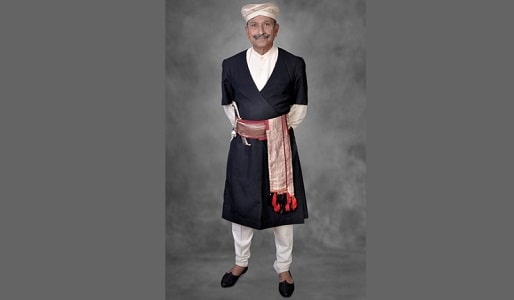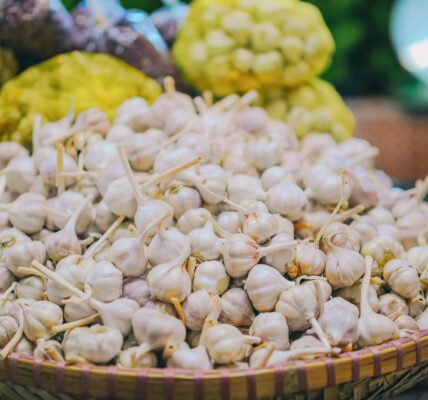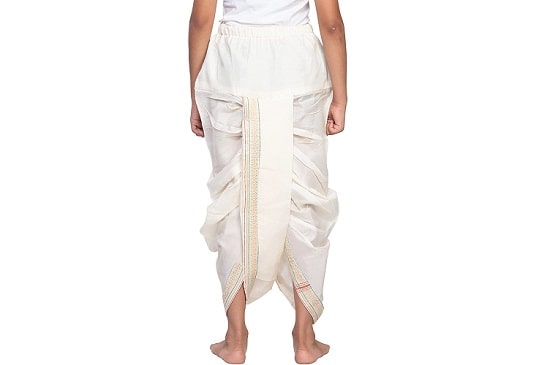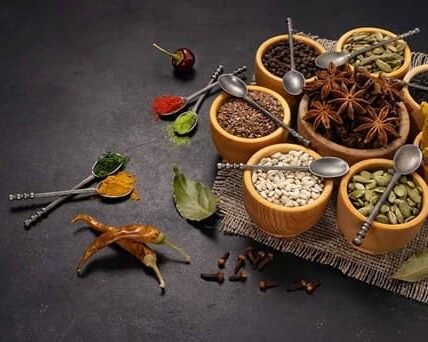Karnataka is renowned for its vibrant culture, mouthwatering cuisine, dance styles, music, works of art, and traditional garb. The cuisines, distinctive art forms, and clothing worn by the populace are all strongly influenced by the multilingual ethnicity, heritage, and history of the region. In addition to being well-liked in India, the attire worn by both men and women in Karnataka is well-liked worldwide.
Karnataka’s traditional clothing brilliantly reflects the state’s rich cultural past. The vivid festivals, varied customs, and exceptional workmanship that are celebrated throughout the state are all reflected in the traditional attire worn by both sexes. This article will examine the alluring traditional attire of Karnataka, stressing its distinctive characteristics, historical import, and enduring allure.
Karnataka Traditional Dress for Male:
Kodagu District Costumes

Kodagu residents have a distinctive way of adorning and wearing. The men add decorative swords, sashes, and daggers to their clothing. Black robes or tunics are worn with the ensemble to complete the royal aesthetic. For weddings, festivals, and other occasions, men also accessorize their attire with gold-trimmed turbans.
Peta and Angavastram
The Peta and Angavastram represent some of the most well-known traditional garbs for males in Karnataka. The Peta is a silk or cotton turban that has elaborate patterns and decorations sewn into it. It stands for respect and honour. An elegant touch to the clothing is the angavastram, a long piece of cloth worn around the shoulders. It often comes in a variety of colours and is composed of silk.
Panche and Kanduva
The traditional bottom attire is called a panche, also referred to as a dhoti. It is a loose-fitting piece of material which is wrapped around the legs and waist to provide comfort and mobility. The traditional outfit is completed by the Kanduva, a stole-like garment worn over the shoulder. Both Panche and Kanduva come in a variety of brilliant hues and are typically manufactured from cotton or silk.
Karnataka Traditional Dress for Female
Salwar Kameez and Churidar
In Karnataka, salwar kameez and churidar are common substitutes for sarees. A long tunic-like top identified as the Kameez is worn with loose-fitting slacks referred to as the Salwar to make up the Salwar Kameez. The Churidar is a slimmer version of the salwar that fits closely around the legs. These clothes preserve the aesthetics of the culture while providing convenience and freedom of movement.
Kodagu District
Kodagu district women wear sarees in a unique style. The pallu is positioned over the shoulder as well as the pleats are fastened on the back. Silk and cotton are both used to make traditional Kodagu sarees. These sarees include bright themes that reflect Karnataka’s culture. The saree’s body is decorated with patterns, stripes, or floral embroidery.
Saree
In Karnataka, the saree is the epitome of traditional women’s clothing. It is a long length of fabric that is draped over the body, displaying the wearer’s grace and beauty. The Mysore Silk Saree, as well as the Ilkal Saree, are two excellent silk sarees that are popular in Karnataka. These sarees are a representation of luxury and grandeur thanks to their elaborate zari work, distinctive designs, and brilliant colours.
Ilkal Sarees
One of the most well-liked fashions for women to wear in the Karnataka culture is the ilkal saree. The town of Ilkal, which is part of the Karnataka district of Bagalkot, is where the name Ilkal originates. These sarees are constructed from both cotton and silk. These sarees are excellent examples of girls’ traditional Karnataka clothing.
Cotton warp is used for the body of the conventional Karnataka Ilkal saree, and art silk warp is used for the border and pallu. Simple designs make up the Ilkal saree’s main body, and a stunning pallu features lovely motifs like temple towers, elephants, palanquins, and lotuses.
Mysore Silk Sarees
Genuine silk is used to create Mysore silk sarees. Because of the high standard of silk, sarees have a long lifespan and require little upkeep. Pure gold zari embroidery can be found on Mysore silk saris. While the modern Mysore silk sarees feature designs other than zari, like floral borders and mango buttis, the classic ones are still covered with zari.
Accessories and Embellishments
Jewellery
Karnataka’s culture places a high value on traditional jewellery. Jewellery made of gold and silver with elaborate designs is worn by both men and women. Men wear bracelets, rings, and earrings, whilst women typically wear necklaces, bangles, earrings, and anklets.
Adornments
Men’s and women’s traditional adornments are worn to complete their traditional outfits. Men wear Kumkum and turmeric on their foreheads, whilst women wear flowers in their hair. These ornaments give the overall appearance a traditional and spiritual undertone.
Conclusion
The men’s and women’s traditional attire in Karnataka is a reflection of the state’s rich cultural past. These garments, which range from the regal Peta and Angavastram to the exquisite sarees and vivid Salwar Kameez, display the deft artistic ability and complex craftsmanship of Karnataka’s craftspeople. The individuals of Karnataka make a visually stunning display that is both enthralling and breathtaking by conserving and embracing these traditional outfits.

Santosh Kumar is an editor at unfoldstuffs.com and a professional content writer. With years of experience he is passionate for creating engaging, informative and impactful topics.









